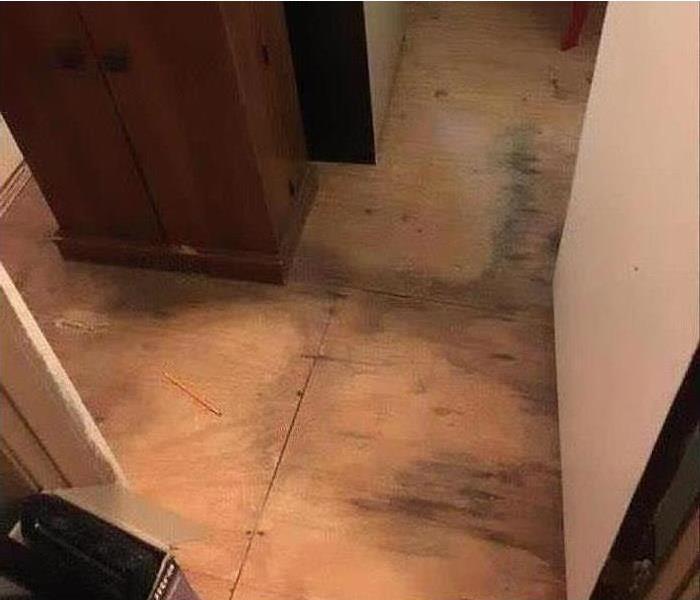Water Ruins Wood Flooring
As wood soaks in water it will swell, causing distortion in the planks. This is most commonly seen as cupping, where the edges of the boards turn up but the center remains fairly smooth. A more severe form of damage is buckling. This is where the board forms ripples and grooves down it's length. In a glued-down floor, this is also a sign that the planks have become disconnected. Finally, wet wood also provides a perfect environment for mold to take hold and grow.
If you do have a flooding incident which impacts your hardwood floors, the first step you should take, as soon as possible, is the removal of all of that excess moisture. The longer standing water is left to sit on a hardwood floor, the less chance there is of salvaging it. Even if there is no standing water, excess moisture left within the boards themselves can continue to cause cupping and buckling. Moisture filled wood that is not quickly dried out will also grow mold quickly, making it much harder to remove.


 24/7 Emergency Service
24/7 Emergency Service

